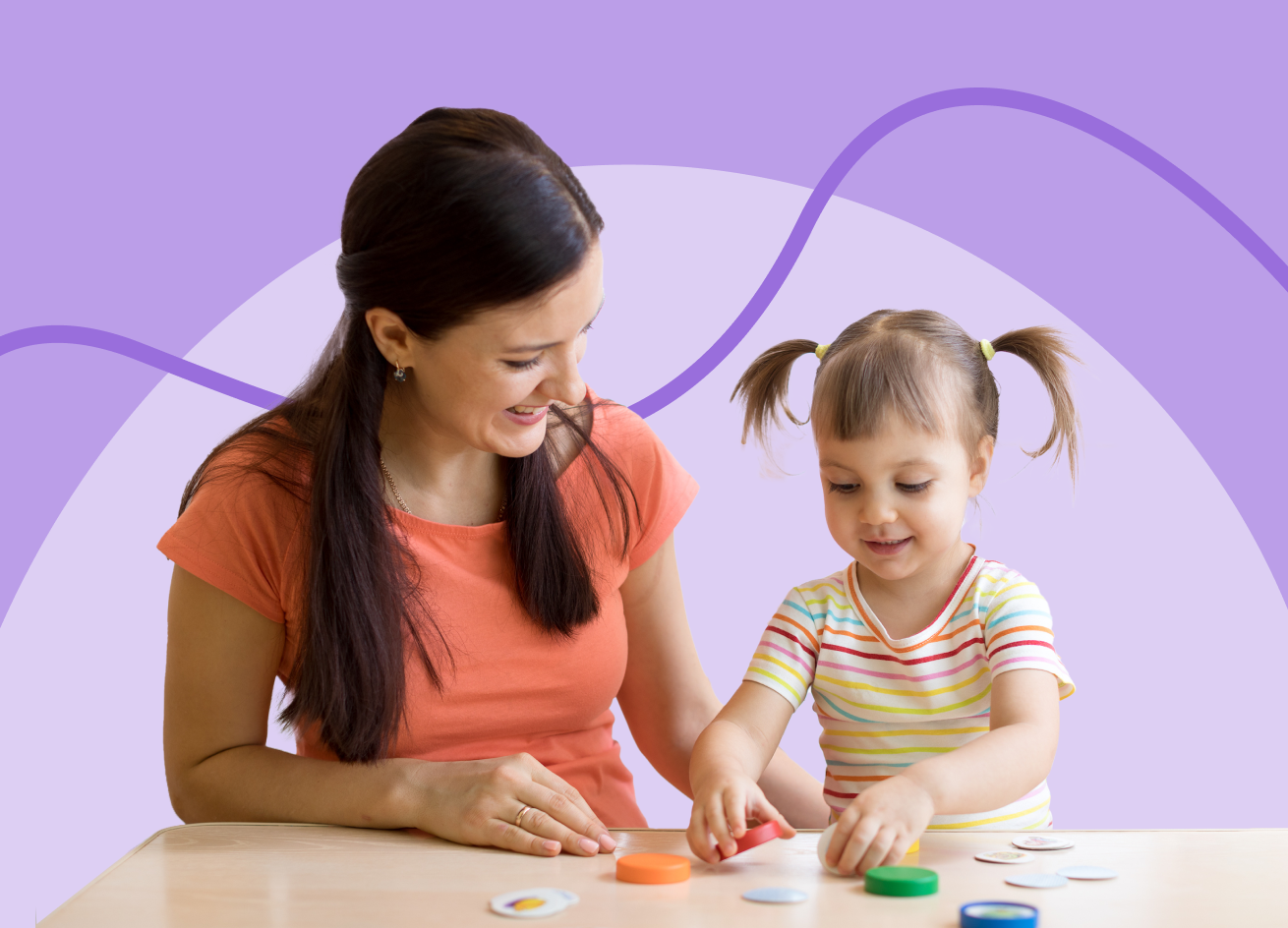The Basics of Autism
Although autism can feel overwhelming due to its broad and unique nature, learning the basics is an essential step. It provides foundational knowledge that can guide you in finding the best path forward for both you and your child.
What is Autism or ASD?
Autism spectrum disorder, or ASD, is a neurodivergent diagnosis that impacts how the brain functions, generally impacting social interactions, communication and cognitive functioning. According to the CDC, 1 in 36 children are diagnosed with autism and is more commonly found in boys than girls (4x likely). Symptoms are often noticeable before the age of 3 but can change as a child develops and grows. Additionally, people of all ages, sex and race can be diagnosed with autism.
Autism is referred to as a "spectrum" because people with autism have different traits, show them in various ways, and need different levels of support. Further, signs and symptoms may vary with age, making a spectrum most appropriate for all individuals.

When was autism discovered?
The term "autism" was originally used to describe symptoms aligning with schizophrenia by Eugene Bleuler in the early 1900's. It wasn't until 1943 that autism was classified as its own disorder, after Leo Kanner (child psychiatrist at Johns Hopkins University) wrote an article summarizing 11 patients he observed who all seemed to show signs of hyperfixation with objects and noticed to be reluctant to any type of change. Leo coined this set of symptoms as "infantile autism".
What are common symptoms of autism?
With every unique diagnosis comes a unique set of symptoms, specific to each child with autism. Due to the common challenges in social communication, social interactions, and repetitive behaviors, symptoms generally fall within those three categories. There is not a list of symptoms that are suitable for every individual, however, there are signs that seem to be more common than others:
- delayed speech or doesn't verbally communicate
- does not respond to name
- prefers not to hold eye contact
- gets easily upset when a minor change occurs
- has repetitive behavior
- obsessive hobbies or interests
- prefers to or is comfortable playing / being alone
- displays repetitive or self-stimulating tendencies (flaps hands, rocks back and forth, fidgets)shows sensitivity to sound, looks, taste, smell or texture
For more in-depth information, you can learn about category-specific symptoms here or, you can reference our "Top Signs & Symptoms" blog article.

What is neurodivergent?
Neurodivergence refers to a condition in which an individual's brain processes, learns, or behaves in a way that differs from what is regarded as 'typical' or neurotypical. Clinicians once classified neurodivergence as an illness, but it is now accepted as a different form of the brains way of thinking and processing. Additional information on neurodivergence, types and additional resources can be found here. The Cleveland Clinic has additional resources available which explain neurodivergent history and examples.
It's important to keep in mind that every autism diagnosis is unique to the individuals, therefore, so are the combination of signs and symptoms for each individual.




